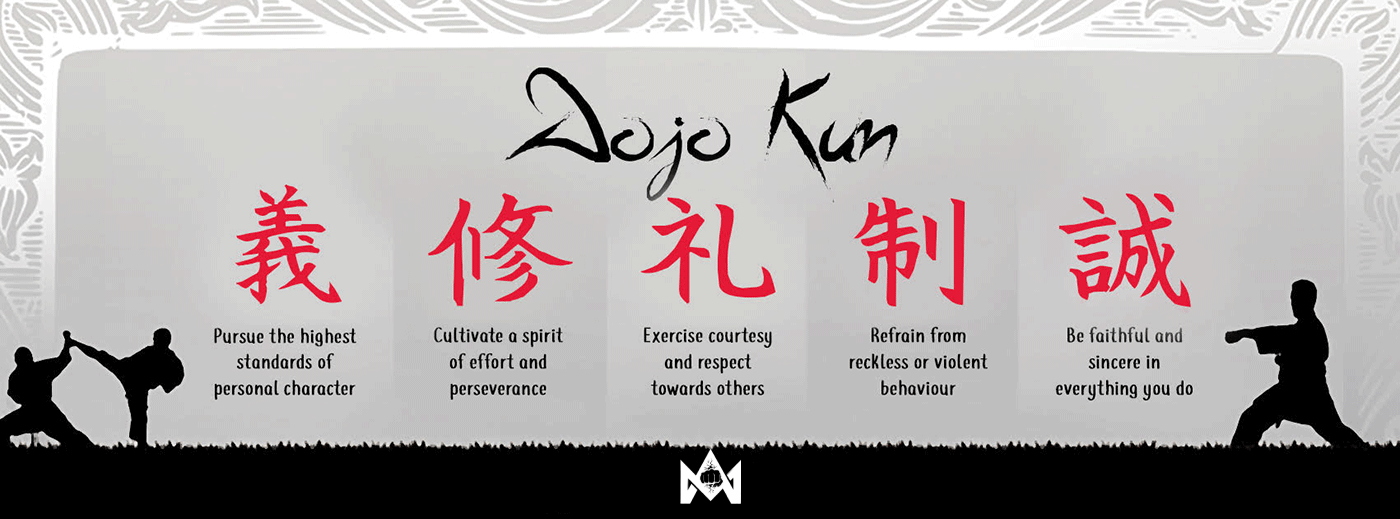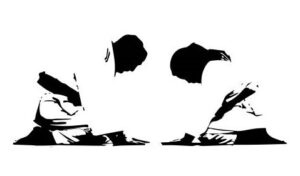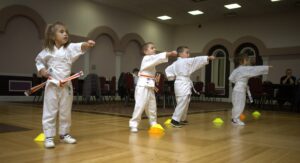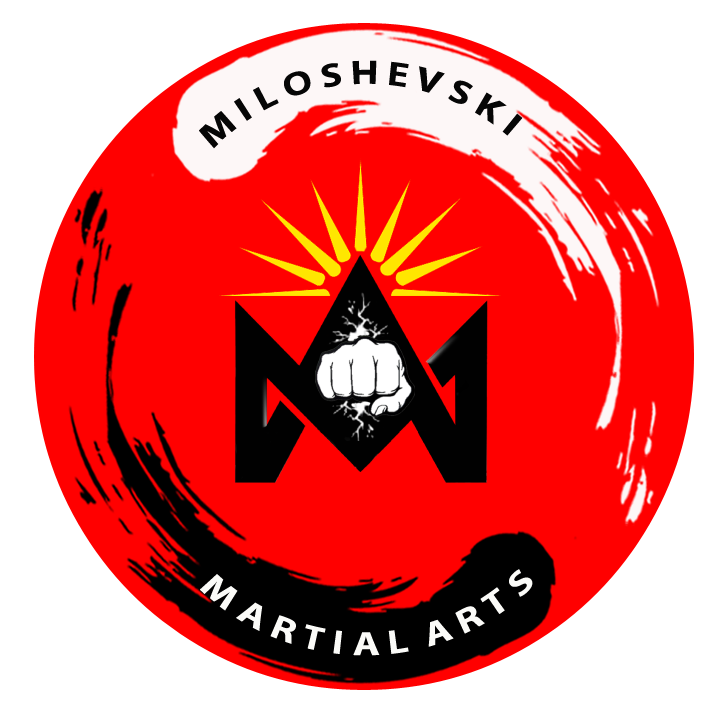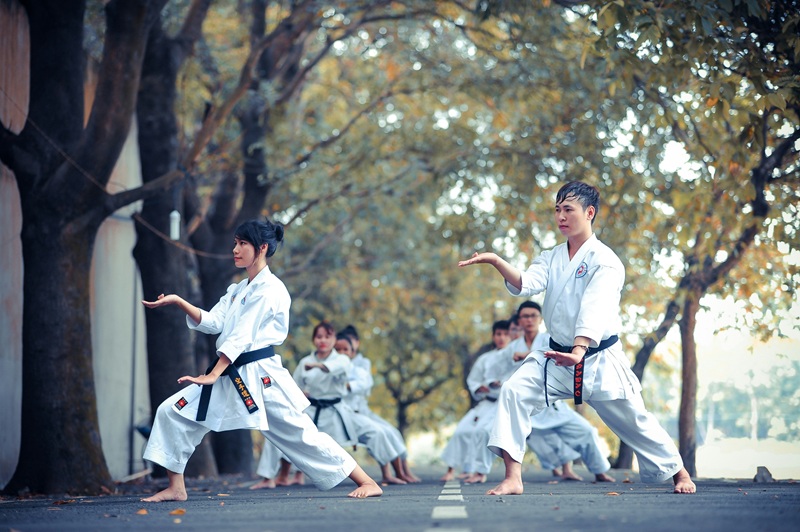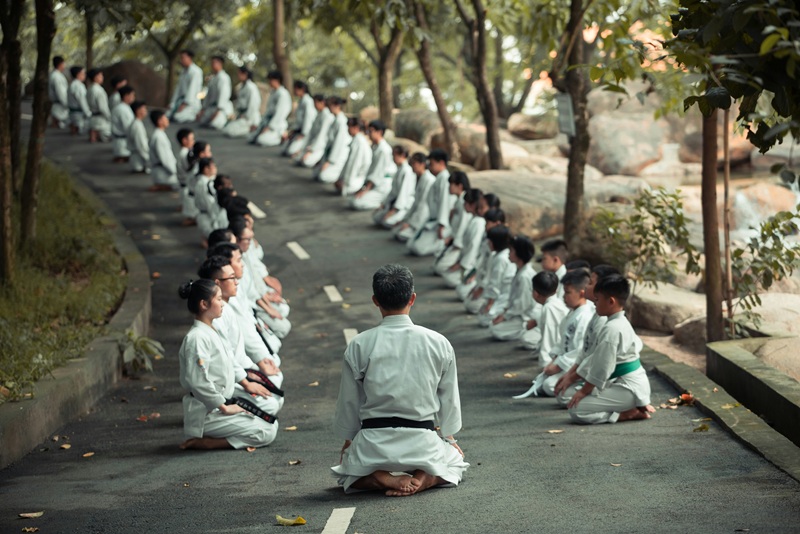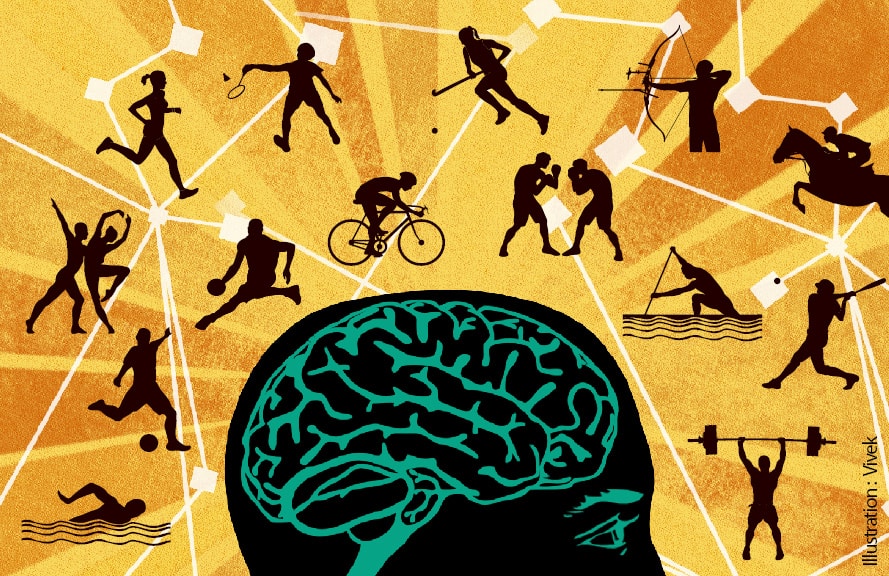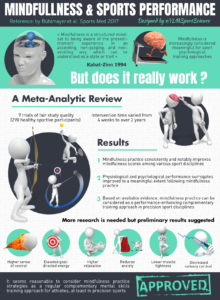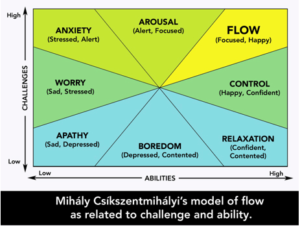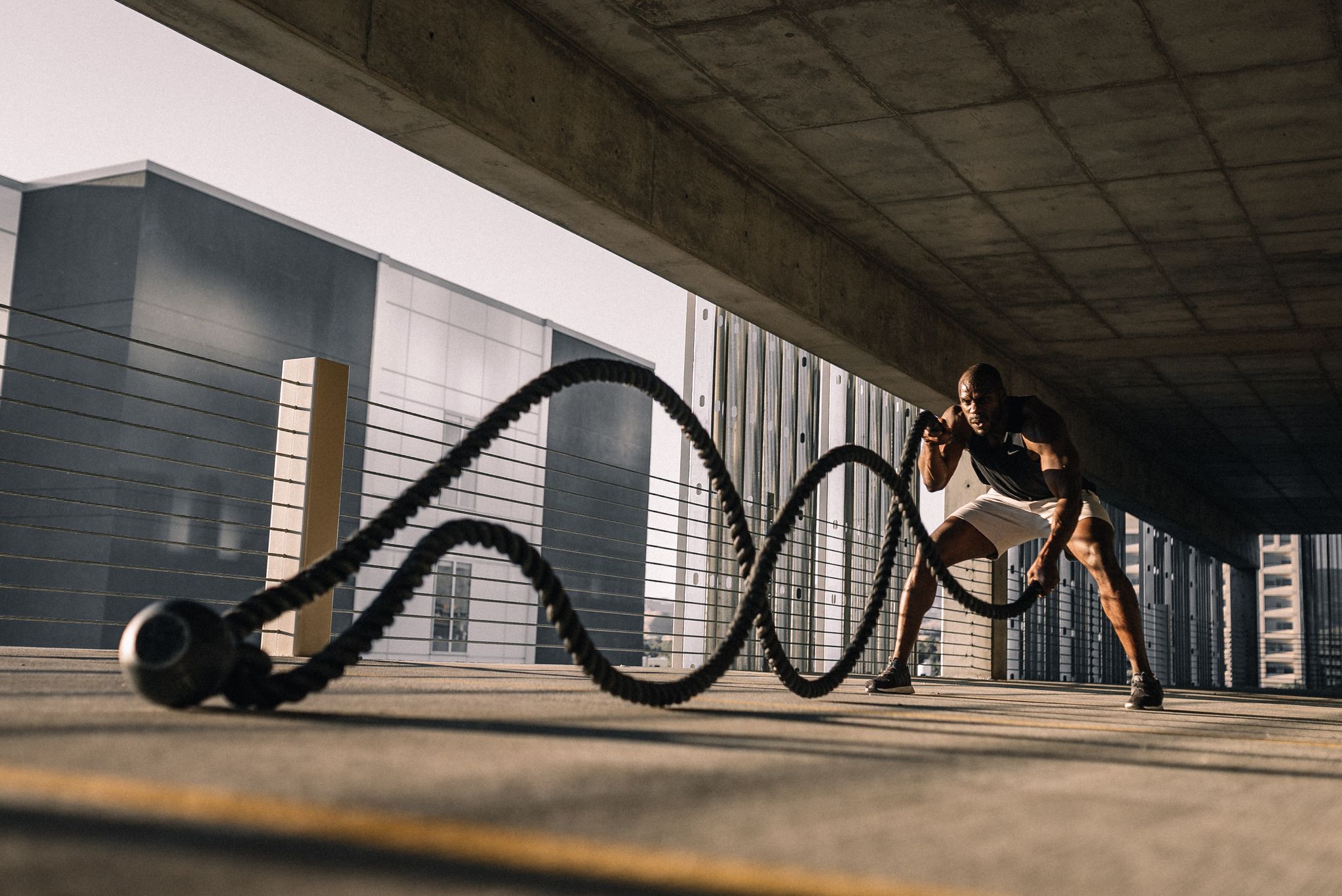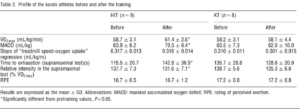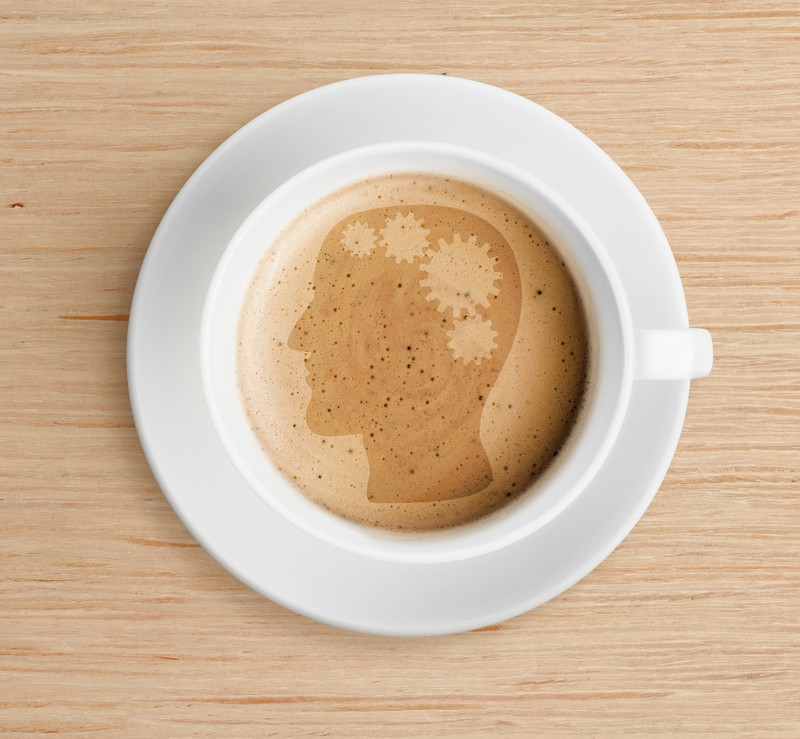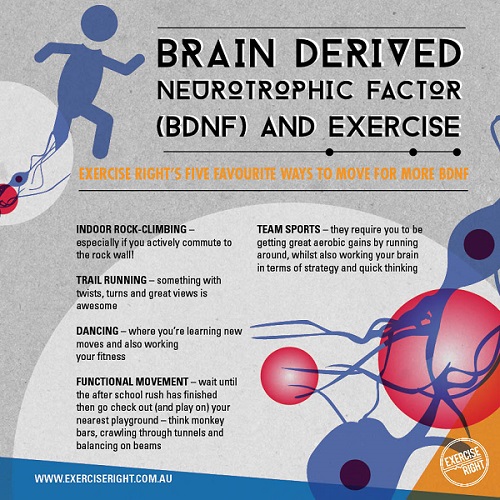
Physical movement provides myriad benefits related to physical and emotional, and mental status, maintaining a conducive environment for overall development. These days with technological improvement, these benefits can be documented and scientifically proven through various studies done on mice and humans. For this reason, sports and physical activity, in general, get tremendous attention in terms of providing an environment for developing healthy individuals.
The power of physical activity
All sports can be used for addressing various physical and mental aspects of the children’s development and provide an environment that fosters their physical and psychological development. However, what if I tell you that karate, or any martial art, might be the best thing that can happen to your child. This post will provide a clear picture of the different mechanisms behind all the benefits associated with karate.
The benefits acquired through karate (martial arts) practice can be seen from a psychological, emotional and physical perspective. Therefore, the possible benefits are:
- Increased attention
- Heightened mental state and better focus
- Improved memory and ability to recall information
- Stress management
- Improved emotional well-being
- Increased self-esteem
- Increased body awareness and coordination
- Creating good movement patterns through increased mobility, flexibility, and strength
- Proportional development of the body (left and right side are equally developed)
We could probably add more benefits; however, these are probably the most significant ones.
These benefits do not come in isolation, but rather as a combination of two or more, complementing and supporting each other. And this is not some “WUWU” stuff that almost every coach brags about. It is real, and here is how and where the magic happens.
Cognitive, emotional and psychological benefits. Where are they coming from?
I will start in a non-traditional way and emphasize the cognitive aspect related to karate. The reason for this is that I see the muscles and everything that can be seen as a by-product of something much more significant happening inside the body.
Suppose you’ve never seen or practiced karate. In that case, it is a martial art that involves simple and complex defensive and counter-attacking movement patterns in the form of blocks, punches, kicks, different stances, etc. Successful execution of the elements requires coordination and synchronization of the breath and the movement.
All these karate techniques involve cross lateral movement, which means different parts of the body cross the middle line, increasing the blood flow and communication between the left and right hemispheres. For this reason, some teachers around the world introduce cross-lateral movements at the begging of a lesson.
Furthermore, karate techniques challenge the vestibular system, the one responsible for balance and spatial awareness. It has been shown that a lack of spatial awareness is followed by difficulty in reading, organizing written work, and understanding abstract concepts. So, this way, your child will get smarter by practicing karate.
Another way your child potentially can get smarter is by building new brain cells. Every moderate to vigorous activity, which lasts approximately 30 minutes, increases the level of so-called Brain-Derived Neurotrophic Factor (BDNF), a protein, or growth factor, responsible for solidifying the already existing brain connections and building a new one. However, these cognitive benefits obtained from physical activities are not limited only to aerobic exercises.
Anaerobic exercises have been proven to have the same effect as aerobic regarding improving cognitive function. One study provides evidence that HIIT contributes towards long-term memory improvement as well. One group performed acute high-intensity bouts in the study, whereas the other two lower intensity aerobic training. Although all groups experienced a higher level of BDNF, the HIIT one had the highest.

Source of image
Now, this does not mean that we should ditch out aerobic training since other studies have shown excellent benefits.
Let’s get back to karate. Considering the information above and taking the nature of karate, it is legit to assume that it positively impacts cognitive abilities. So, by becoming a karate kid and while doing wax on-wax off, you also get smarter.
Self-esteem
One of the main reasons why many people decide to enroll their children in karate lessons is to get self-esteem and create a better picture of themselves. And of course, once you learn a couple of moves, punches, and few kicks, your self-confidence increases and will eventually transfer to other aspects of your life.
However, my point of view is that your self-confidence does not come from the ability to get into a fight with five people and magically, in a Jet Li style, kick their asses. It comes from something less aggressive and something that has nothing to do with showing your karate moves on others. That something is your Growth Mindset, which comes from the mastery-oriented environment or culture that you find in your dojo. This environment does not focus merely on a score and wins but instead on self-perfection. Become the best version of yourself.
As Carol Dweck, a prominent psychologist, says in her book that people with the Growth Mindset are more successful in their lives than those with a fixed mindset. People with a growth mindset cope better with challenges and know that their abilities can be developed and improved. In contrast, those with fixed mindsets rely on their given talent and do not like any challenges since it might question their abilities that cannot be changed.
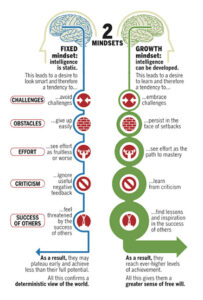
Source of image
Creating a mastery-oriented environment, which is the case with karate, helps children develop a growth mindset and self-confidence, and most crucial, resilience. Many teachers and other people will say that resilience is one of the most important traits you can have these days. And what do you get from a child that has high self-confidence and quickly bounces back from mistakes? You get someone who feels in control of everything that is happening inside and outside of the dojo. Psychologically and emotionally stable child.
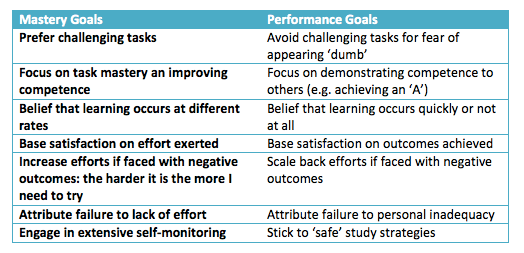
Source of image
So far, everything was regarding your head, soul, and controlling the butterfly in your belly, which is my favorite part. Now let’s see how karate affects your physic.
The nature of karate requires and fosters mobility, flexibility, strength, and proper foot formation. Why am I emphasizing these three qualities over agility, explosiveness, or speed? Because, to be honest, it does not matter how much you can bench press, how high or long you can jump, or how fast you can run if you cannot get in a squat position or lean over to pick up the box because your hips are dysfunctional, you have lack of mobility or your back hurts. These are common problems people experience due to lousy movement patterns acquired throughout their life. And practicing karate can help you avoid these problems by creating good movement patterns done through the practice of various karate related movements with a full range of motion.
In karate, equal attention is dedicated to both sides of the body. Compared with some sports like tennis, badminton, javelin throw, where one side is dominant, your left and right side get engaged equally in karate. This full-body approach decreases the chances of creating a muscle imbalance and increasing the risk of injuries.
The bottom of our foot is essential for balance, stabilization, and alignment of the rest of the body parts to the head. Any foot imbalance or deformities such as flat feet reflect on the overall posture. From your lower leg, calves to your hips, transferring on your lower and upper back, ending up on your shoulders and head position. And this can have negative implications on your overall health.
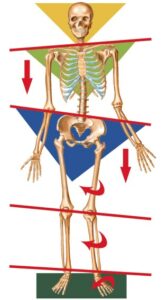
Source of image
The nature of karate training requires barefoot practice. No fancy shoes, with different supports for your ankle and excess padding under your heel. This contributes to strengthening the small foot muscles that get underused and weakened by spending so much time in cushioned top edge shoes.
Developing muscle symmetry and proportion is another benefit that has a long-term implication. Some sports emphasized one part of the body while neglecting the rest, and these days due to the early specialization in the sport, this is even more emphasized. Early specialization has resulted in producing runners who can’t make singe pullup, athletes who cannot touch their toe, or other athletes with one side of the body bigger and stronger than the other. The final result is a muscular imbalance, which leads to major developmental problems affecting the spine and other parts of the body.
In karate and martial arts, the body gets engaged and put under various situations where different energy and body systems get challenged equally. Furthermore, all the moves are performed with a full or high range of motion contributing towards mobility and flexibility development.
Wrapping up
“A healthy mind, in a healthy body.” This saying addresses the interconnection between the physical and mental domains. Therefore, merely connecting karate practice only with the physical changes and appearance without taking a closer look at the changes that happen on an emotional, mental and social level will give an incomplete picture about its benefits. It is clear that the impact of karate is broad and affects many aspects of our life.
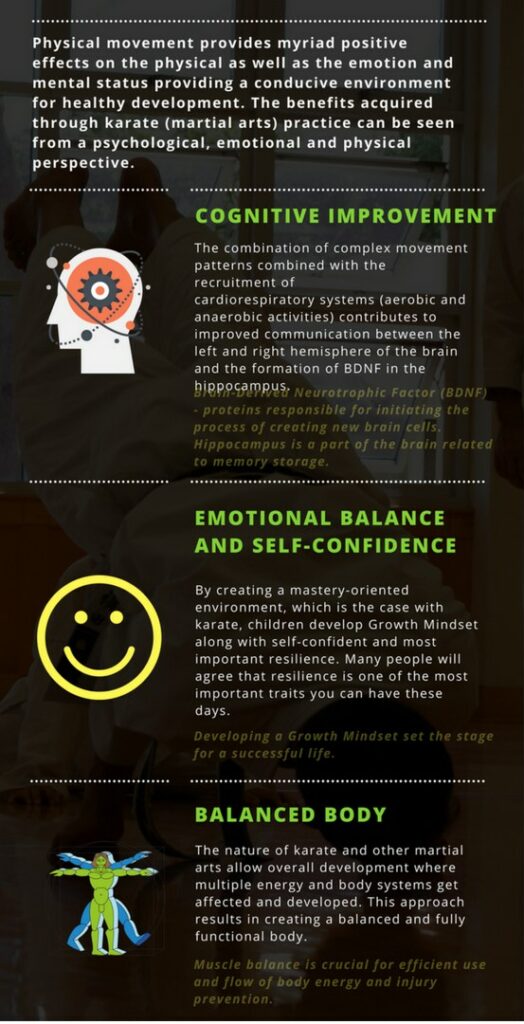
Copyright © 2021 Urban Sensei. All Rights Reserved
